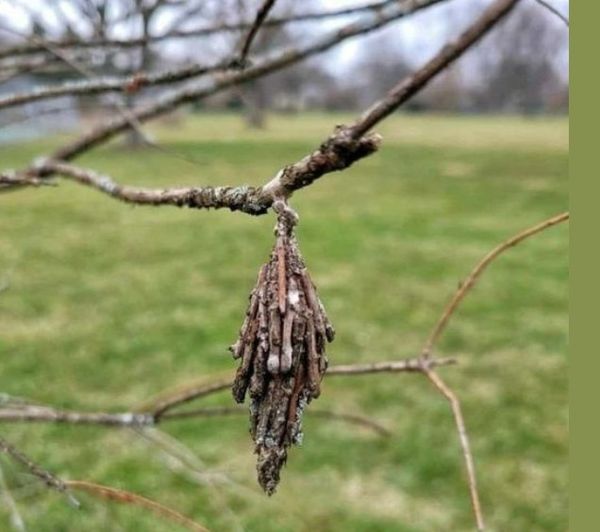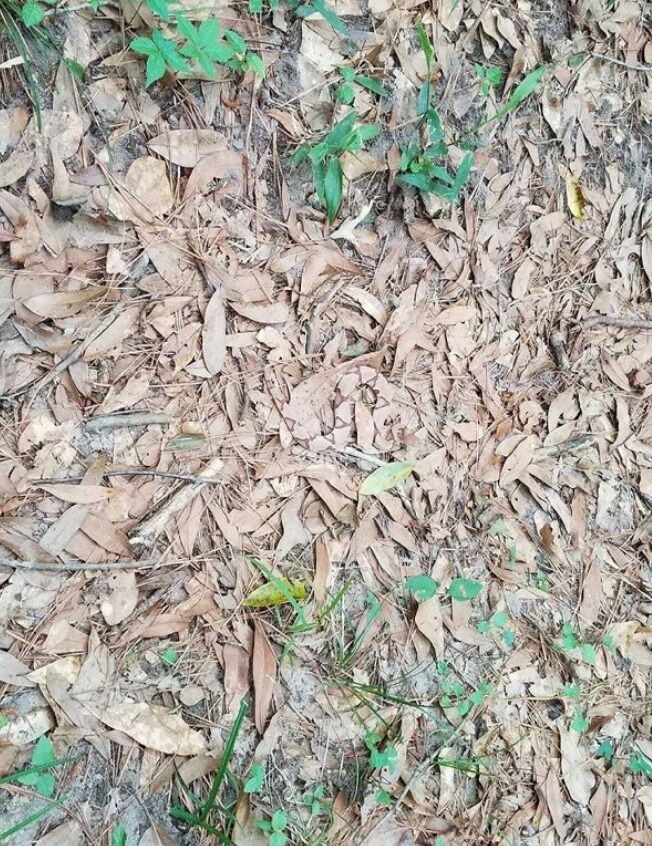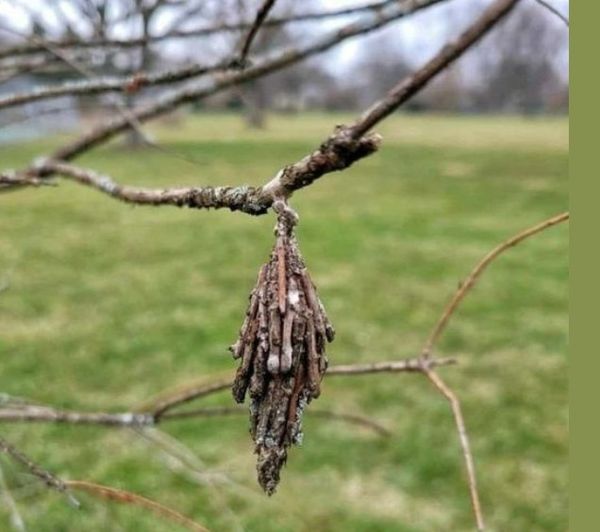
In the world of pest infestations, few are as notorious as the Evergreen Bagworm. These seemingly harmless creatures, despite their name, can wreak havoc on your beloved trees. But fear not! There are measures you can take to save your trees from the devastating impact of the Evergreen Bagworm. Let’s dive into understanding this silent threat and discover ways to protect your trees.
The Evergreen Bagworm: Not Just a Worm
The Evergreen Bagworm may be called a worm, but it is actually a moth in its larval stage. These deceptive creatures can cause significant damage and even lead to the death of various evergreen and deciduous trees if left unchecked. It’s crucial to understand their behavior and take action.
Understanding the Evergreen Bagworm
The Evergreen Bagworm, scientifically known as Thyridopteryx ephemeraeformis, is a species of moth that belongs to the family Psychidae. These small creatures may go unnoticed, but they are capable of causing considerable harm to trees. They construct protective casings around themselves, known as bags or cases, by attaching bits of plant debris to their bodies. This unique defense mechanism allows them to camouflage and appear like small bags hanging from tree branches.
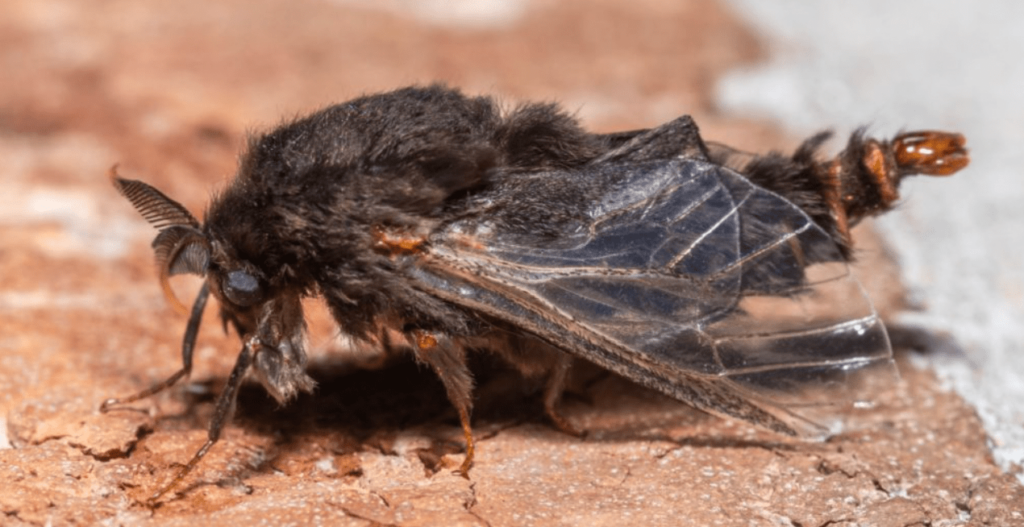
Life Cycle of the Evergreen Bagworm
To effectively manage and control Evergreen Bagworm infestations, understanding their life cycle is essential. The reproductive cycle begins when the female adult lays her eggs inside her own bag, which remains on the tree even after her passing. These eggs remain dormant throughout winter and hatch in late spring or early summer, giving birth to tiny larvae.
The newly hatched larvae venture out of their bags in search of a suitable host tree. They start building their bags using silk produced by glands in their bodies. As the larvae develop, they periodically emerge to add more plant debris, making the bags grow larger and more noticeable over time. The larvae go through several molts, shedding their skins each time, and a new bag is built for each stage of growth. By late summer or early fall, the larvae reach their final instar and become ready to pupate.
Within the protective case, the pupae undergo a transformation from their larval stage to their adult stage. After about two weeks, the adult moths crawl out of the bagworm cases, with the males flying off in search of females while the wingless females stay close to the original tree.
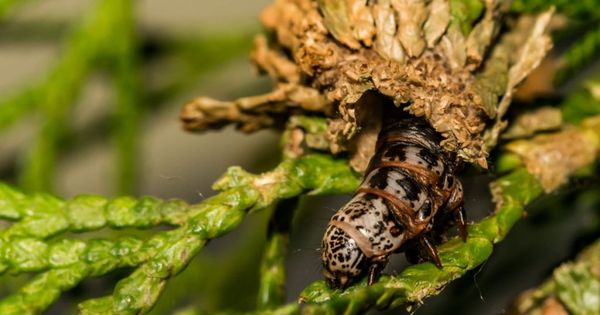
The Destructive Nature of the Evergreen Bagworm
Evergreen Bagworms may appear harmless, but their feeding habits can seriously harm trees. They feed on the foliage of various tree species and hide within their bags for protection and camouflage. This defoliation hampers a tree’s ability to produce nutrients through photosynthesis and weakens its overall health. It also makes the tree vulnerable to other illnesses, pests, and environmental stressors. In untreated cases, Evergreen Bagworms can lead to tree decline and even tree death.
Managing Evergreen Bagworm Infestations
To protect your trees from Evergreen Bagworms’ destructive nature, it is crucial to implement proper tree management strategies. Here are some tips to consider:
1. **Regular Inspections:** Schedule regular inspections of your trees to detect any signs of bagworm infestations early on.
2. **Pruning Infested Branches:** If you spot any bags or larvae on your tree branches, promptly prune and destroy them. Dispose of the materials away from your trees to prevent reinfestation.
3. **Using Mechanical Methods:** Handpicking visible bags is an effective method for small infestations. Make sure to wear gloves and manually remove the bags from your trees.
4. **Biological Controls:** Introduce natural predators of bagworms, such as birds or parasites, to help reduce their population.
5. **Chemical Treatments:** If the infestation is severe, consult with a professional arborist or horticulturist who can recommend appropriate chemical treatments.
The Bottom Line
Though Evergreen Bagworms may be small and inconspicuous, their impact on trees can be devastating. By understanding their life cycle, recognizing their destructive nature, and implementing good tree management practices, you can protect your trees from these silent intruders. Regular inspections, consistent preventative measures, and maintaining overall tree health will go a long way in preserving the beauty and vitality of your landscape. Don’t let the silent threat of the Evergreen Bagworm take away the joy your trees bring!REMIX ITSTART PUBLISHING;
